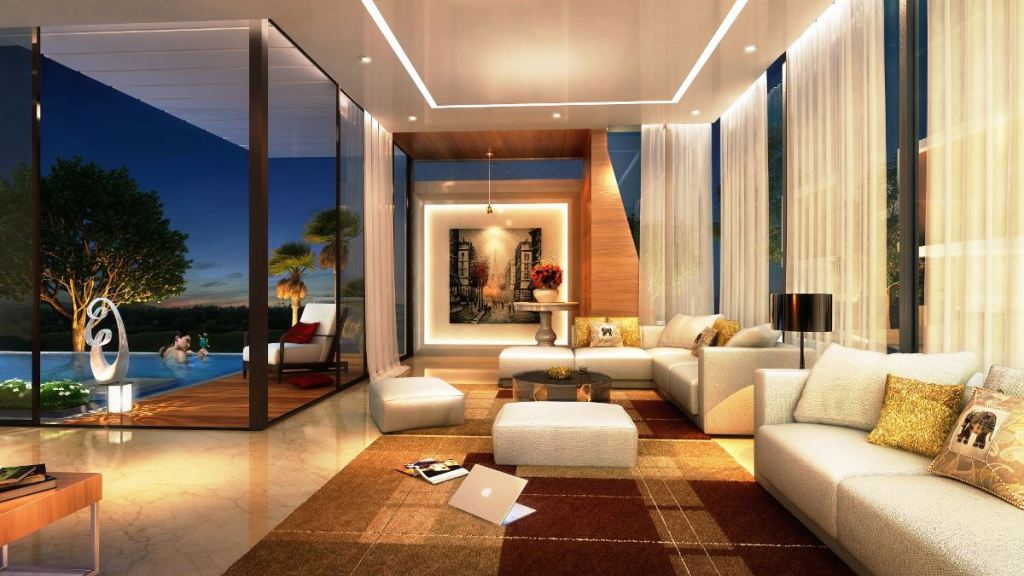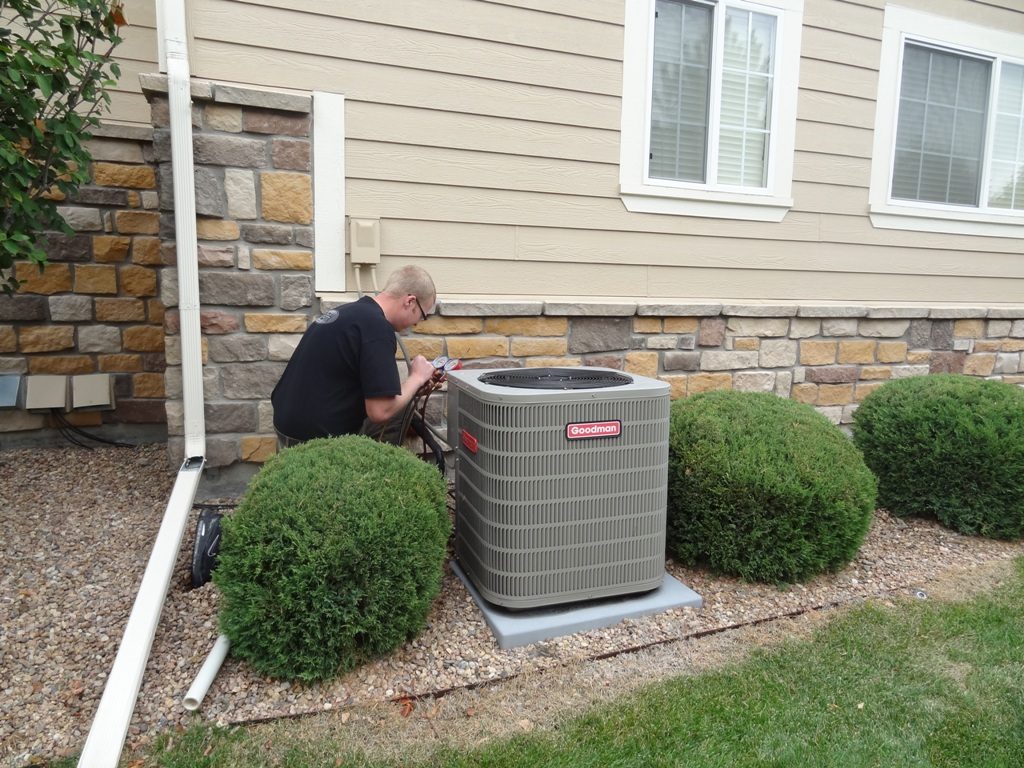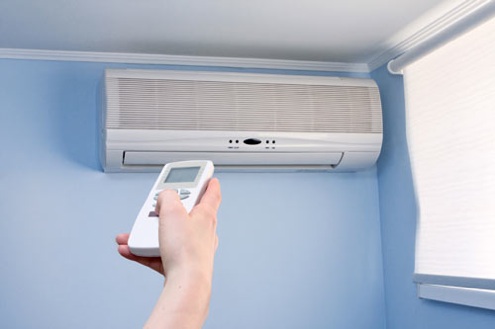 Summer is right around the corner, and the temperatures inside your house will soon be rising. Unfortunately, the mere thought of searching for a HVAC company to install an air conditioning unit is enough to have you sweating from head to toe. How do you figure out which AC to buy, and what effect will it impose on your energy bill? What if you live in an apartment that does not allow window units? Worry no more: We have done all the research for your benefit.
Summer is right around the corner, and the temperatures inside your house will soon be rising. Unfortunately, the mere thought of searching for a HVAC company to install an air conditioning unit is enough to have you sweating from head to toe. How do you figure out which AC to buy, and what effect will it impose on your energy bill? What if you live in an apartment that does not allow window units? Worry no more: We have done all the research for your benefit.
The secret to comfort and savings is installing an AC unit that is a good fit for your space. An air conditioner without sufficient power will not do a good job in cooling your home. It could even heighten your power bill while offering poor service. On the other hand, an overly powerful AC system will work too fast and will likely shut off before clearing out most of the humidity thus leaving your house cool but clammy. Constant shutting on and off can overwork the system and reduce its life span.
The energy efficiency of an AC system is another factor you need to look at: The energy efficiency ratio (EER) is a measured result of how a cooling system will run when the temperature outside is 95 degrees. Try and get an air conditioner labeled with an Energy Star. This label shows that the system exceeds the standards set by the government. However, it is vital you keep in mind that regardless of how efficient your AC is, you are not going to get value for your money if your home is not properly sealed and insulated.
Having noted that, here are several tips you can employ to help you find the right air conditioner for your home.
 CENTRAL AIR
CENTRAL AIR
This method of cooling is the most common model available in America. The United States Energy Information Administration (US EIA) reports that more than a whopping 70% of homes that have a cooling system installed use central air.
However, New York City happens to be one of the big outliers. This is because its buildings are older than those in most major cities in the United States. The Department of Buildings estimates that about 75% of the buildings in the city were built before 1960, a time when central air-conditioning was not as popular as it is today.
Installing older apartments with central air systems involves retrofitting a condenser outside the establishment, a fan-and-coil system in the interior of the building as well as ducts to transport cool air. That process is quite costly, and it needs space, a resource that is not in abundance in a lot of apartments within New York City.
Even if you are willing to part with a closet to make room for a central air system, it is highly likely your building may not permit you to set up a condenser on the roof.
Bear in mind the cost of retrofitting an apartment without in-built ductwork could prove quite costly. Installing or replacing a whole-house system can set you back anywhere from $2,700 to as high as $15,000 according to TrustedPros.ca.
Another factor you need to reflect on is that a lot of central air systems do not have room precision control. This means that if you would like to cool your study as you try to get some work done, you will cool every other room in the house as well. Regardless, a lot of people prefer central air cooling for its discreet nature because the ducts and mechanical components are entirely hidden beneath the walls, floors, or ceiling.
If you conclude that this is the right system for you, make sure that you have a look at the Consumer Reports Central Air Buying Guide to look up brands that you can rely on. As you do your research, remember to consider the system’s Seasonal Energy Efficiency Ratio (SEER), a measurement of how well a central air-conditioner operates through an entire season. Equipment with a high SEER is machinery you want in your home.
Make sure you contract an installer who can structure a comprehensive and professional plan for where the ductwork will be located. Remember to insulate that ductwork. Also, plan your finances accordingly for occasional visits by a professional to change the filter, clean the coils, and perform other sorts of maintenance to ensure that the AC is working effectively.
Bottom line: If you have room for the ductwork, central air is a silent, convenient, discreet, and design-friendly way to cool your home.
 DUCTLESS MINI-SPLIT AIR-CONDITIONER
DUCTLESS MINI-SPLIT AIR-CONDITIONER
If central air is not a choice you are considering, a ductless mini-split system should be an option for you to look at. These systems are usually mounted on a wall but they also need an outdoor compressor. The plus side is you do not have to do any bulky ductwork as refrigerant is circulated within tubes that link the indoor and outdoor units together.
Ductless mini-split systems are not as discreet as central air, but they are highly efficient and each unit can be controlled individually by remote control. These systems can also provide heating. The cost of installing a ductless mini-split AC system within a 2,000-square-foot home should range from between $1,800 to $7,000. The more wall units you need, the more you will spend. As is with central air, you will definitely require an expert installer to do the work for you. Also, remember to budget for a routine maintenance check.
WINDOW UNITS
They are the cheapest of the bunch and easy to install. That probably explains why window units are among the most favorable options for people who are looking to cool individual rooms. Prices start from around $125 for a miniature window unit designed to cool a 150-square foot room to around $600 for a unit designed to cool a much larger space, such as a 1,600-square foot room.
To get what size you require, measure the square footage of the room you want to cool.. You can find the advised cooling capacity (measured in British thermal units, or BTUs, per hour) for the room’s ideal size at Energystar.gov.
Keep in mind that sun exposure and how the room is used will affect the efficiency of the window units. For instance, If the room is under covered by shade from the sun, the Energy Star chart recommends decreasing capacity by 10%. If a couple of people or more regularly use the room, add about 580 BTUs for each extra person.